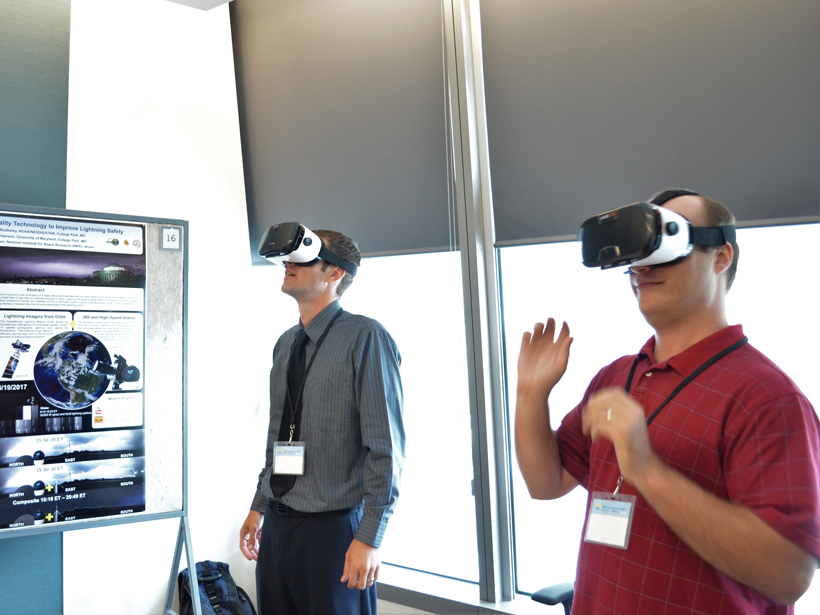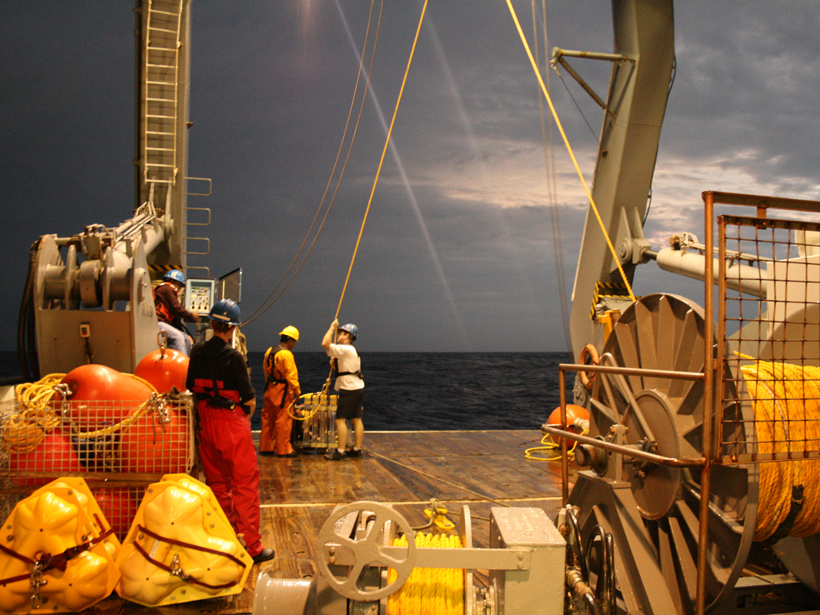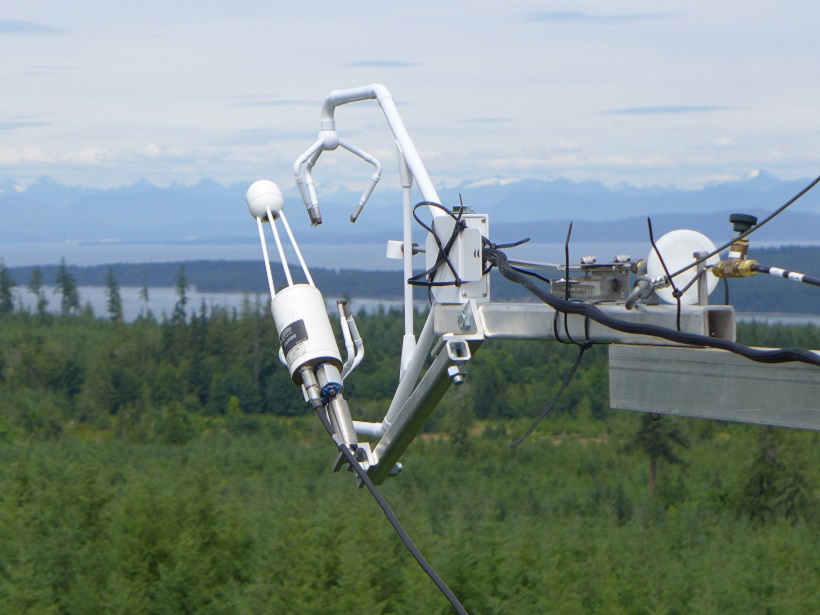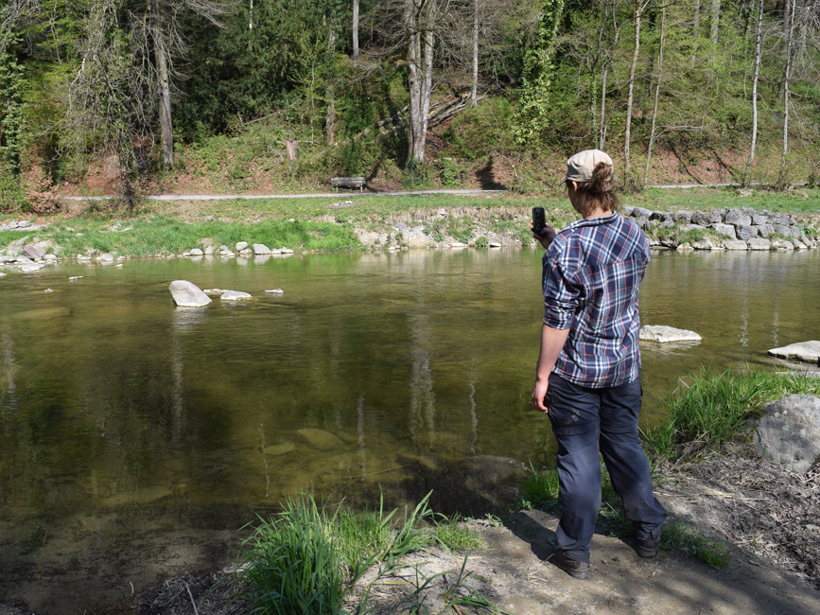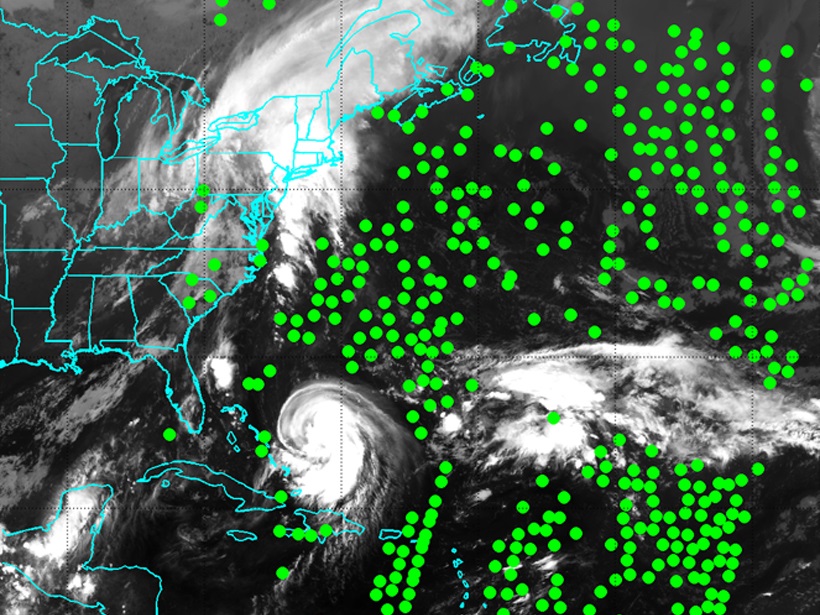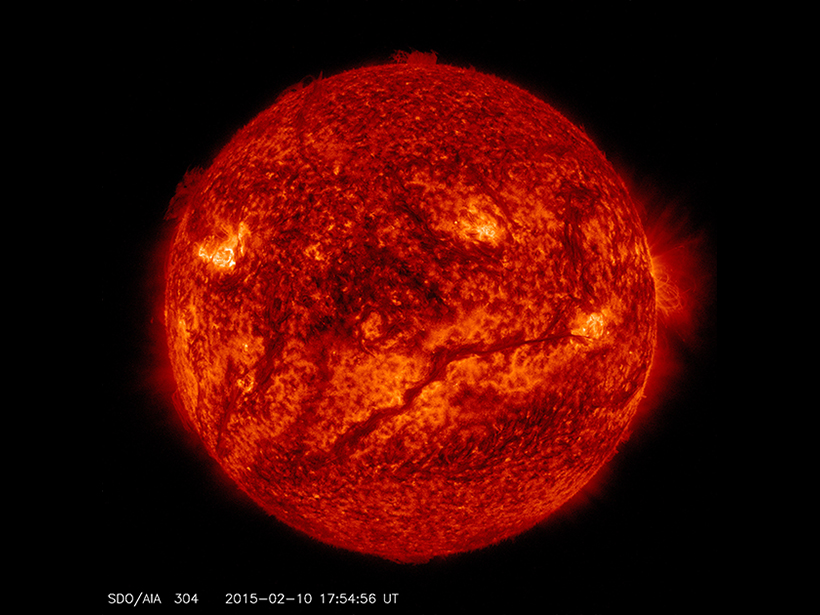A new initiative collects, archives, and documents climate forcing data sets to support coordinated modeling activities that study past, present, and future climates.
data management
The Case of the Missing Lunar Heat Flow Data Is Finally Solved
Decades-old data analyzed for the first time suggest that astronauts’ disturbance of the Moon surface increased solar heat intake, warming the ground below.
NOAA Seeks Emerging Technologies to Further Its Mission
National Oceanic and Atmospheric Administration Emerging Technologies for Observations Workshop; College Park, Maryland, 22–23 August 2017
What’s the Best Way to Responsibly Collect Ocean Data?
Evolving and Sustaining Oceans Best Practices Workshop; Paris, France, 15–17 November 2017
It’s So UnFAIR!
A recent paper in JGR: Biogeosciences demonstrates that sharing data has positive benefits not just for the scientific community but also for the one doing the sharing.
Testing the Waters: Mobile Apps for Crowdsourced Streamflow Data
Citizen scientists keep a watchful eye on the world’s streams, catching intermittent streams in action and filling data gaps to construct a more complete hydrologic picture.
Counting Every Drop
The challenge of collecting and analyzing precipitation data collected at different times, in different places, and on different scales.
Managing Radio Traffic Jams with the Cloud
Sensor networks and data mining allow for fully automated, real-time monitoring of radio waves.
Listening to the Clouds
The assimilation of cloud-cleared infrared data improves numerical weather forecasting, especially for hurricanes, by providing thermodynamic information in cloudy atmosphere.
Preserving a 45-Year Record of Sunspots
Maps reveal how the Sun’s magnetic field evolves through solar cycles.



